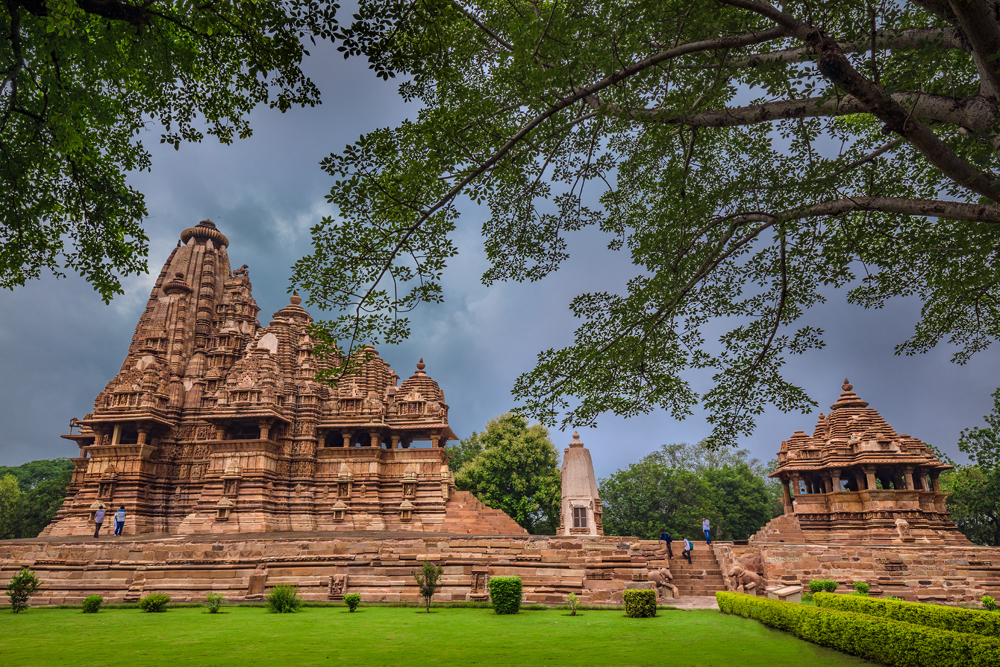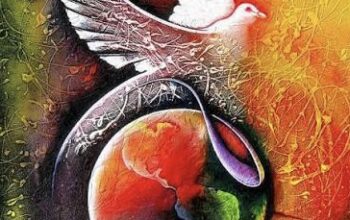Prof. J.S.K. Jayasekara
India, a variegated of vibrant cultures and traditions, boasts a history that stretches back over five millennia. This ancient land has served as the cradle of major religions, profound philosophical thought, and groundbreaking advancements in science and artistry. From the Indus Valley Civilization’s ingenious urban planning to the Mughal Empire’s architectural marvels and the British Raj’s complex legacy, India’s past is a rich tapestry woven with the threads of dynasties, conquests, and cultural integrations. Each era has left its indelible mark, shaping the intricate yet harmonious blend of traditions that defines India today.
Ancient Indian History
Harappa and Mohenjo-daro (c. 3300 – 1300 BCE):
One of the world’s oldest civilizations, the Indus Valley Civilization flourished in the northwestern regions of South Asia. Known for its advanced urban planning, sophisticated drainage systems, and impressive architecture, this civilization’s major cities, Harappa and Mohenjo-Daro, were marvels of the ancient world. The inhabitants of this civilization were skilled in metallurgy, craftsmanship, and trade, with evidence of their extensive trade networks extending as far as Mesopotamia.
Vedic Period (c. 1500 – 500 BCE):
Following the decline of the Indus Valley Civilization, the Vedic Period marked the arrival of the Indo-Aryans in northern India. This era is named after the Vedas, the oldest sacred texts of Hinduism, which were composed during this time. The Vedic society was primarily pastoral and tribal, gradually transitioning to settled agriculture and the establishment of small kingdoms. The caste system, or varna, began to take shape during this period.
Maurya Empire (c. 322 – 185 BCE):
The Maurya Empire, founded by Chandragupta Maurya, was one of the largest empires in ancient India. Under the reign of Ashoka the Great, the empire reached its zenith, encompassing almost the entire Indian subcontinent. Ashoka’s conversion to Buddhism and his efforts to spread the teachings of Buddha across Asia had a profound impact on the region’s cultural and religious landscape.
Gupta Empire (c. 320 – 550 CE):
Often referred to as the Golden Age of India, the Gupta Empire witnessed remarkable achievements in various fields such as science, mathematics, astronomy, literature, and art. Notable figures like Aryabhata, Kalidasa, and Varahamihira made significant contributions during this period. The era was marked by relative peace, prosperity, and cultural flourishing.
Medieval and Early Modern Periods:
The medieval period in Indian history saw the rise and fall of numerous regional kingdoms and empires, including the Chola, Chalukya, and Vijayanagara empires in the south, and the Rajput kingdoms in the north. The arrival of Islam in India brought significant cultural and architectural influences, with the establishment of the Delhi Sultanate and later the Mughal Empire.
Mughal Empire (1526 – 1857):
Founded by Babur, the Mughal Empire was known for its architectural splendor, including the construction of iconic structures like the Taj Mahal, Red Fort, and Fatehpur Sikri. The Mughal era also saw the flourishing of arts, literature, and a syncretic culture that blended Persian, Indian, and Islamic traditions. Akbar the Great’s policy of religious tolerance and his efforts to integrate diverse communities into the administrative framework are notable highlights of this period.
Colonial Period (1757 – 1947):
The British East India Company’s victory in the Battle of Plassey in 1757 marked the beginning of British colonial rule in India. Over the next century, the British gradually extended their control over the subcontinent, leading to significant socio-economic and political changes. The Indian Rebellion of 1857, also known as the First War of Indian Independence, was a major but ultimately unsuccessful uprising against British rule. India finally gained independence on August 15, 1947, after a prolonged struggle led by figures like Mahatma Gandhi, Jawaharlal Nehru, and Subhas Chandra Bose.
Five Most Important Historical and Cultural Places in India
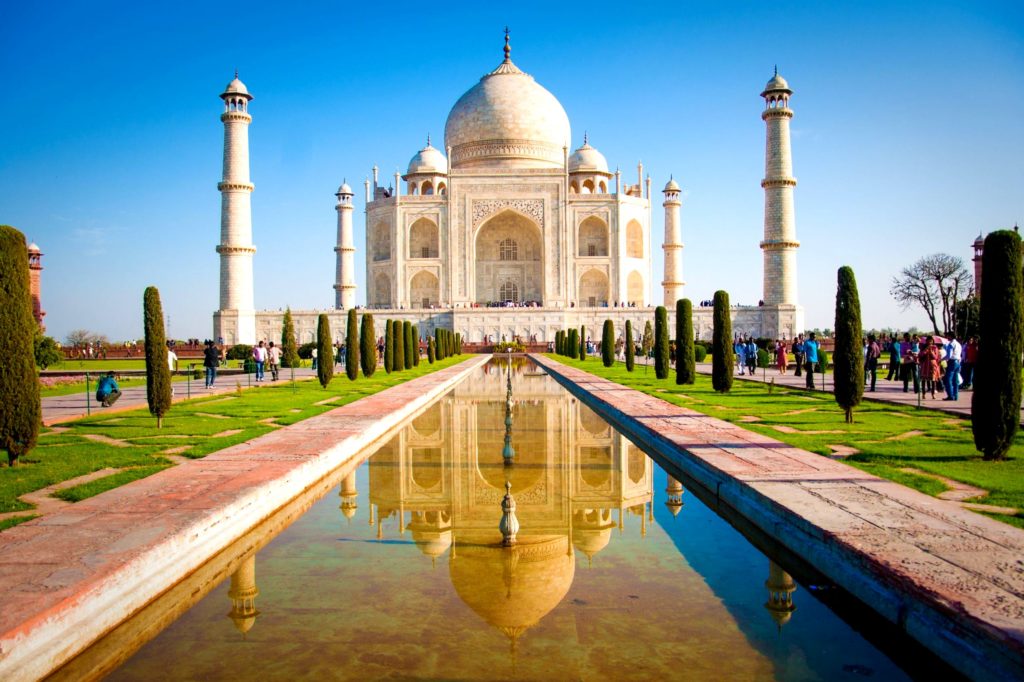
- Taj Mahal, Agra: An epitome of Mughal architecture and a UNESCO World Heritage Site, the Taj Mahal was built by Emperor Shah Jahan in memory of his beloved wife Mumtaz Mahal. Completed in 1653, this white marble mausoleum is renowned for its symmetrical beauty, intricate carvings, and stunning gardens. It stands as a symbol of eternal love and attracts millions of visitors from around the world each year.
- Varanasi: One of the oldest continuously inhabited cities in the world, Varanasi is a sacred city for Hindus, Jains, and Buddhists. Situated on the banks of the Ganges River, it is renowned for its ghats (steps leading down to the river), where pilgrims perform rituals and bathe in the holy waters. The city’s labyrinthine alleys, ancient temples, and vibrant culture make it a unique and spiritual destination.
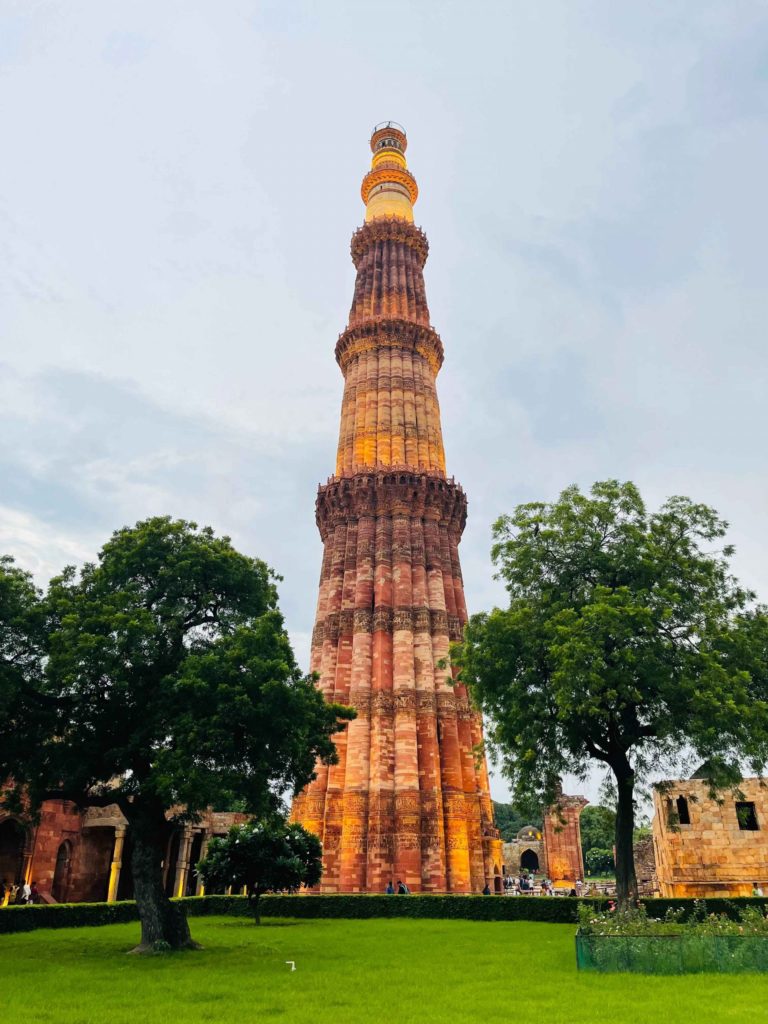
- Khajuraho Temples: Located in Madhya Pradesh, the Khajuraho Group of Monuments is a UNESCO World Heritage Site famous for its stunning temples adorned with intricate erotic sculptures. Built between 950 and 1050 CE by the Chandela dynasty, these temples represent a fusion of Hindu and Jain traditions and showcase the zenith of Indian temple architecture.
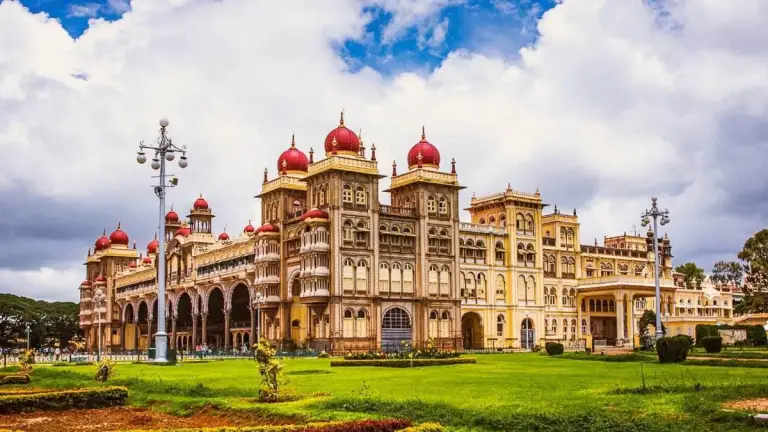
- Ajanta and Ellora Caves: These rock-cut caves, located in Maharashtra, are UNESCO World Heritage Sites and are renowned for their exquisite sculptures, paintings, and architectural splendor. The Ajanta Caves date back to the 2nd century BCE and are famous for their Buddhist murals and carvings. The Ellora Caves, constructed between the 5th and 10th centuries CE, feature a mix of Hindu, Buddhist, and Jain monuments, including the remarkable Kailasa temple.
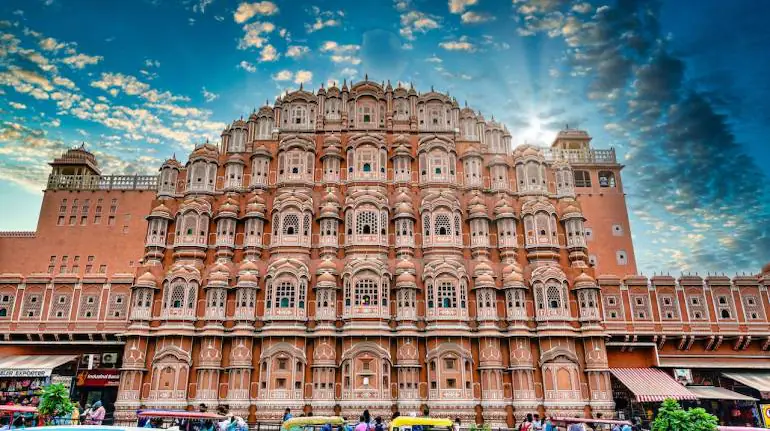
- Hampi: Once the capital of the Vijayanagara Empire, Hampi is a UNESCO World Heritage Site in Karnataka known for its magnificent ruins and stunning landscapes. The site features numerous temples, palaces, and marketplaces, reflecting the grandeur and architectural brilliance of the Vijayanagara period. Highlights include the Virupaksha Temple, the Stone Chariot, and the Vittala Temple complex.
Modern Relevance and Cultural Impact
India’s historical and cultural heritage is not just a testament to its past but also plays a significant role in its present and future. The preservation and promotion of these sites have been instrumental in fostering tourism, generating employment, and sustaining local economies. Furthermore, these heritage sites serve as focal points for cultural diplomacy, attracting international visitors and fostering global understanding and appreciation of India’s rich cultural legacy.
Role of Cultural Patrons:
In contemporary times, the role of cultural patrons such as Nita Ambani, who are dedicated to preserving and promoting India’s heritage, is crucial. Through initiatives like the Reliance Foundation, efforts are made to support arts, culture, and heritage conservation. Projects focusing on the restoration of historical monuments, promotion of traditional arts and crafts, and fostering cultural education help in keeping India’s heritage alive for future generations.
Integration with Modernity:
The integration of historical and cultural heritage with modernity is a key aspect of India’s development. The juxtaposition of ancient monuments with bustling modern cities creates a unique cultural landscape that is both dynamic and rooted in history. This blend of old and new can be seen in various initiatives, such as the incorporation of traditional design elements in modern architecture, the promotion of cultural festivals that celebrate India’s diverse heritage, and the use of technology to enhance the accessibility and experience of historical sites.
Conclusion
India’s history is a vast and intricate mosaic of civilizations, empires, and cultures. The country’s rich heritage is reflected in its numerous historical and cultural sites, each telling a unique story of India’s past. From the ancient ruins of the Indus Valley Civilization to the majestic Mughal monuments, these sites offer a glimpse into the diverse and vibrant history of this incredible nation. Exploring these landmarks not only provides an understanding of India’s historical journey but also an appreciation for its enduring cultural legacy.
The role of modern cultural patrons, such as Madam Nita Ambani, in preserving and promoting this heritage is invaluable. Their efforts ensure that the rich tapestry of India’s history continues to inspire and educate future generations, fostering a deeper connection with the past while paving the way for a culturally enriched future.
